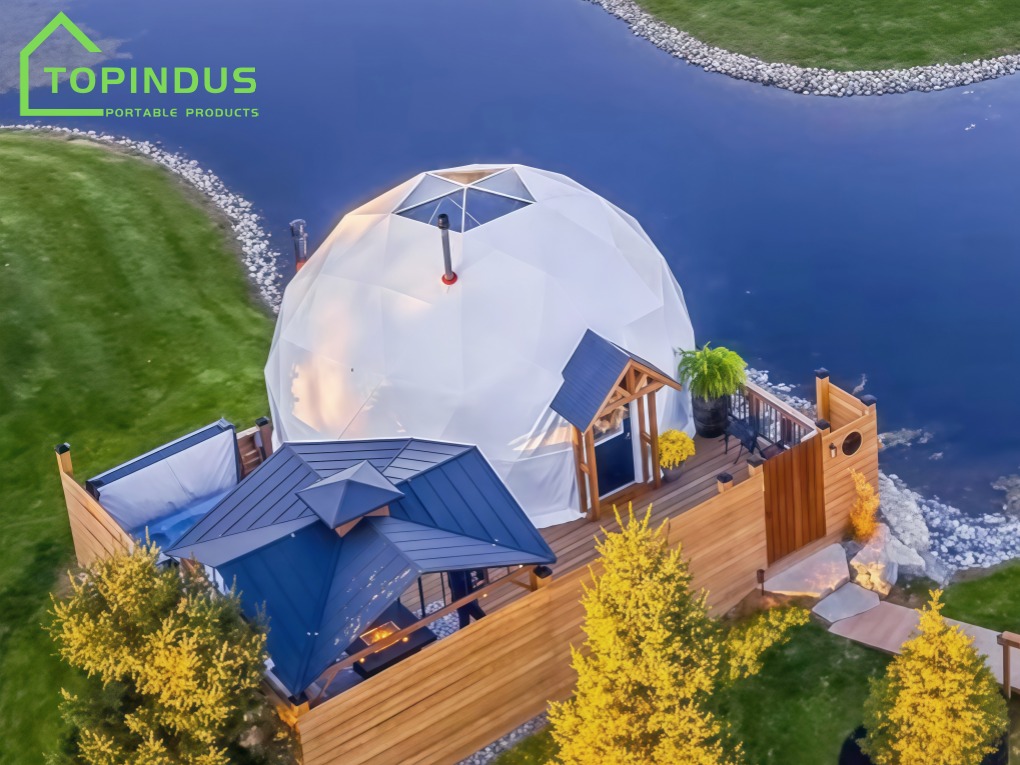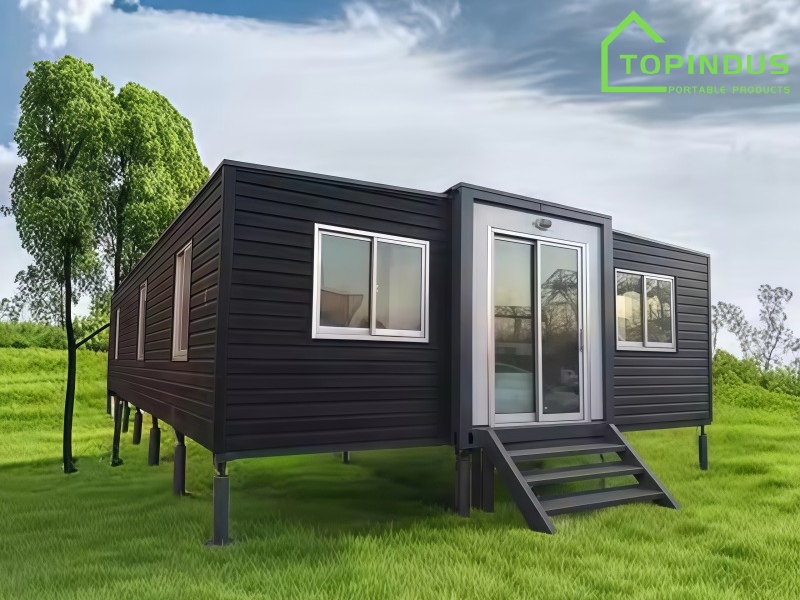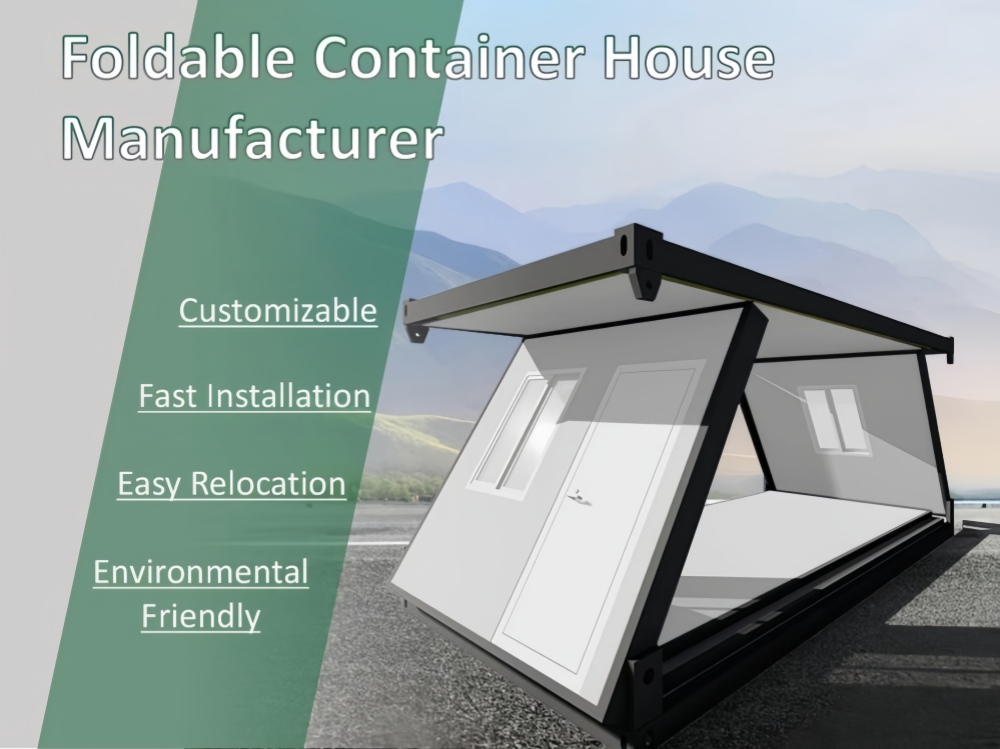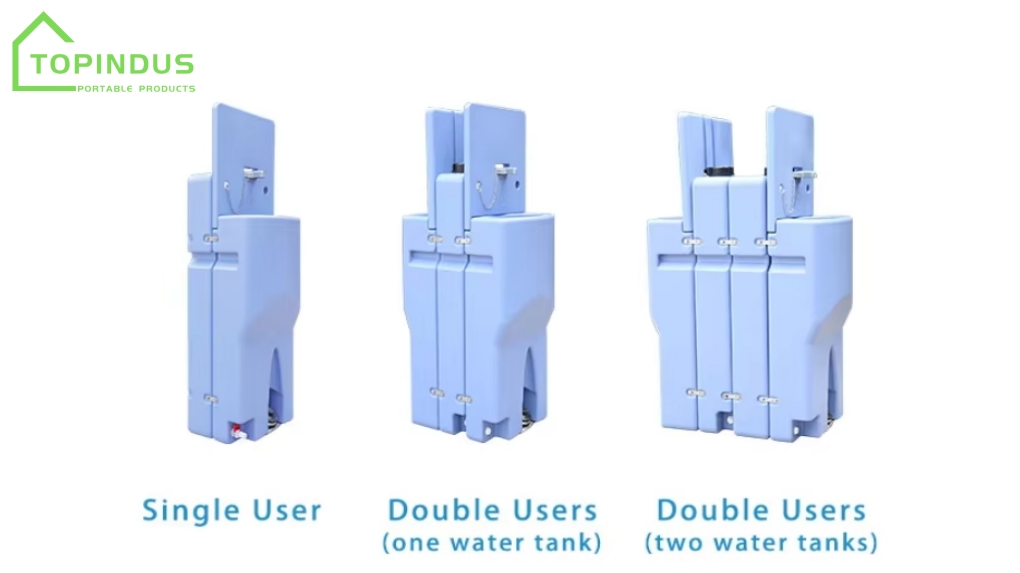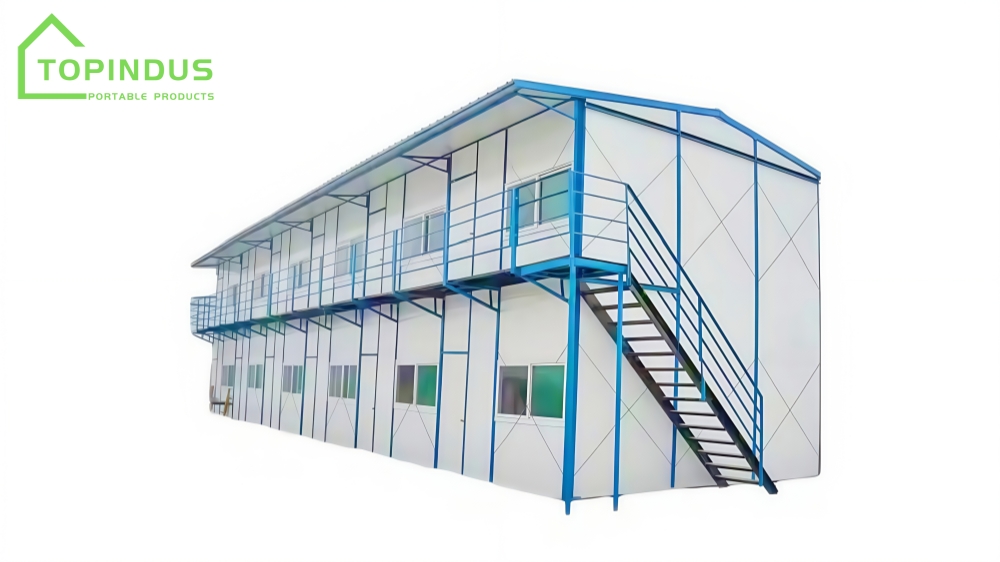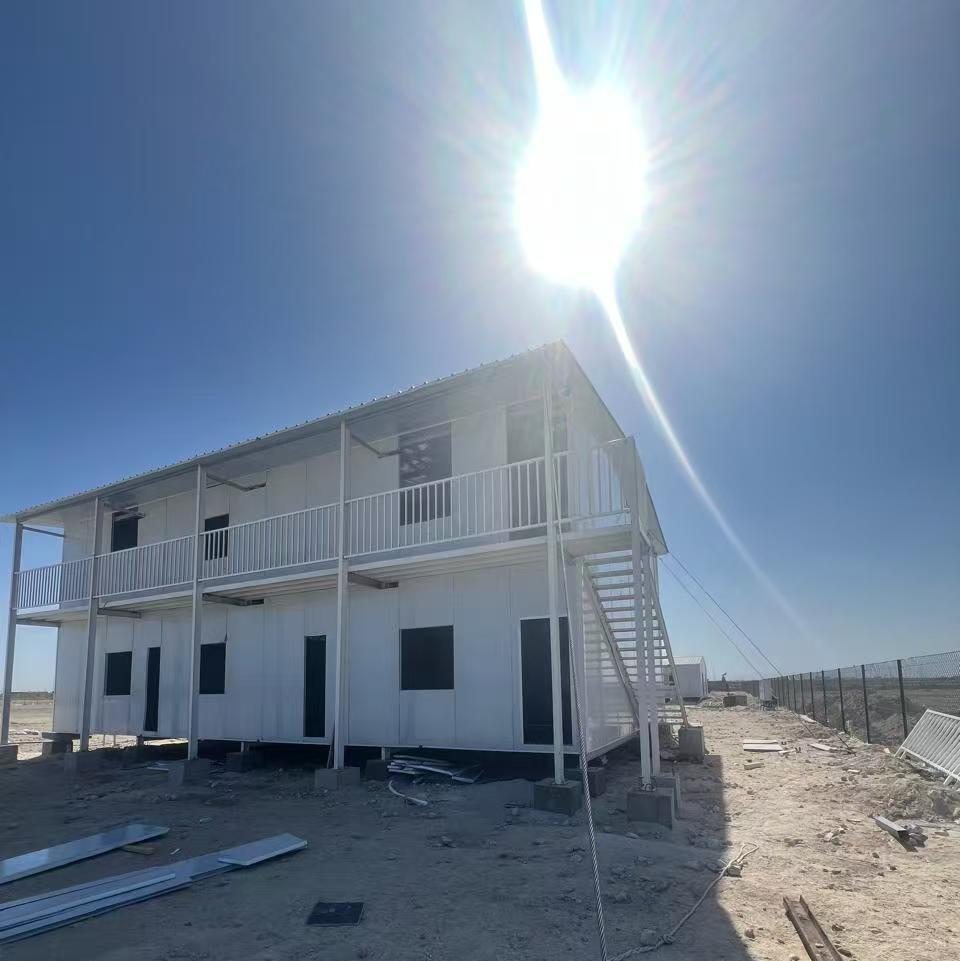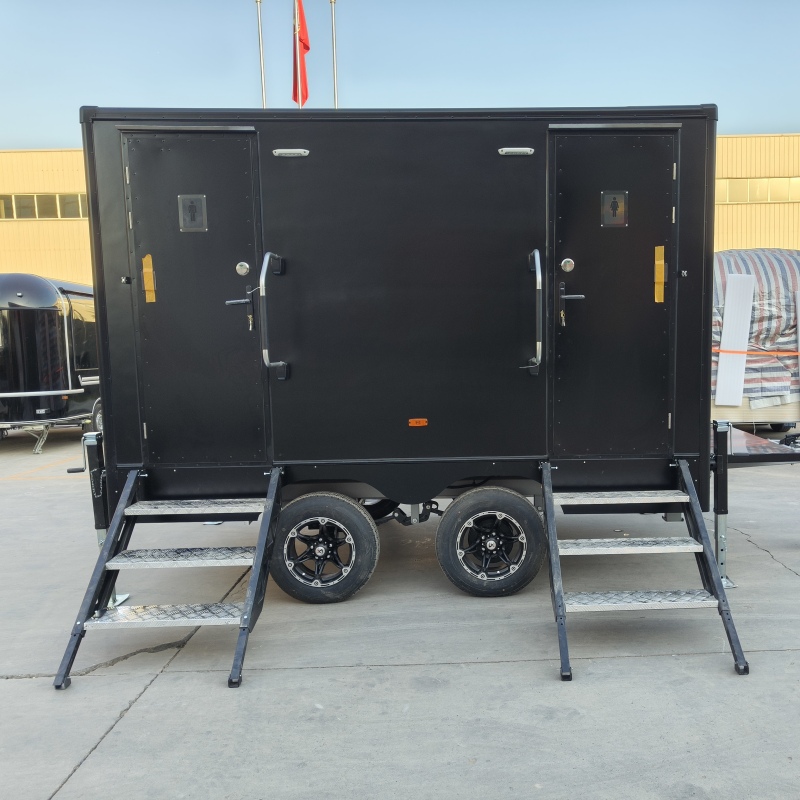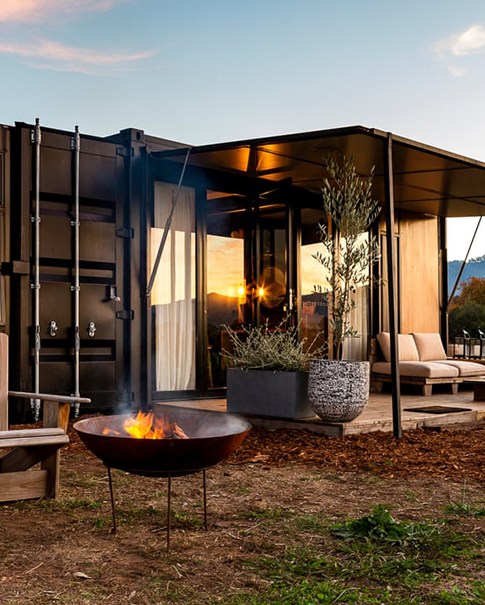Portable Toilets Are the Perfect Sanitation Solution for Any Site
May 22, 2025
In today’s fast-paced world, the demand for convenient, reliable, and hygienic sanitation facilities is higher than ever—especially in outdoor environments and temporary locations. Whether it’s for construction sites, outdoor festivals, parks, or remote areas, portable toilets have emerged as a practical solution that balances comfort, cleanliness, and convenience. At Topindus, we take pride in manufacturing robust and customizable portable mobile toilets that are built to perform in a variety of challenging environments.
Strong Structure, Thoughtful Design
The portable public toilets offered by Topindus are crafted from high-density polyethylene (HDPE), a material known for its strength, durability, and resistance to corrosion. This ensures that the product not only withstands harsh weather conditions but also remains easy to maintain over time. The basic dimensions of the outdoor portable toilets are 1140mm x 1180mm x 2300mm, with a total weight of 150kg. It has a stable structure and is movable.
What makes this camping toilet truly stand out is its integrated design. The unit comes with a built-in toilet and hand-washing sink, providing a complete sanitation station in one compact space. A ventilation system helps control odors, while a door lock system ensures user privacy and security.
Plug-and-Play Usability
Designed with convenience in mind, our tiny portable toilets houses are easy to install and ready for immediate use. The unit comes pre-fitted with essential plumbing and electrical systems, which means minimal setup is required on-site. Whether you need just one unit or several, our design ensures consistency, ease of transport, and quick deployment.
Each portable plastic toilet also features water inlets, waste outlets, and pre-installed fixtures, allowing seamless integration with on-site utilities. For added functionality, the design can be tailored to suit specific needs, such as solar panels, lighting, or branding.
Topindus mobile flushing toilets are suited for a wide range of environments and events:
Construction Sites: Workers need access to clean and accessible restrooms throughout the day. Our portable toilet cabins provide a hygienic and efficient option for any job site.
Outdoor Events: Music festivals, sports tournaments, and public gatherings often lack permanent restroom infrastructure. Portable WC toilets provide a quick and effective solution.
Parks and Recreational Areas: Whether in urban parks or rural picnic areas, these units offer visitors a reliable restroom facility.
Remote Locations: For campsites, farms, or military outposts where plumbing is limited, portable bathroom toilets offer vital sanitation support.
Emergency and Disaster Relief: After natural disasters or in refugee zones, luxury portable toilets provide essential hygiene infrastructure.
Customization and Branding
Topindus understands that every client’s needs are unique. That’s why we offer customization options for color, configuration, and branding. Want to display your company’s logo on every unit? We can do that. Need additional features like internal lighting, non-slip flooring, or solar-powered ventilation? We’ve got you covered.
This flexibility makes our mobile showers and toilets an ideal choice for rental businesses, event organizers, government agencies, and construction firms that require tailored sanitation solutions.
Easy Maintenance and Eco-Friendly
Maintaining hygiene is effortless thanks to the smooth HDPE surfaces, which are easy to clean and resistant to chemicals. The unit’s design reduces the risk of leaks or contamination, ensuring sanitary conditions at all times.
From an environmental perspective, the HDPE portable toilets are water-efficient and eco-friendly. HDPE is recyclable, and our flushing system minimizes water usage—making them a sustainable choice for responsible users.
Our travel portable toilets have been successfully deployed in countries around the world, receiving excellent feedback for their quality, ease of use, and durability. In one notable instance, organizers of a marathon event in the UAE chose our units for their quick setup, functionality, and professional appearance—contributing to a smooth, sanitary event experience.
Quality You Can Trust
At Topindus, quality control is at the heart of what we do. Each portable toilet unit is rigorously tested before shipment to ensure it meets international safety and performance standards. Our experienced manufacturing team uses precision molding technology and high-grade raw materials to deliver top-notch products you can rely on.
We also provide comprehensive support, including installation guides, maintenance tips, and after-sales service to ensure your investment continues to deliver value long after purchase.
Whether you're managing a construction site, organizing a large public event, or providing services in remote areas, reliable sanitation should never be an afterthought. With Topindus HDPE portable toilets, you gain a high-quality, customizable, and eco-friendly solution that can be deployed quickly and maintained easily.
